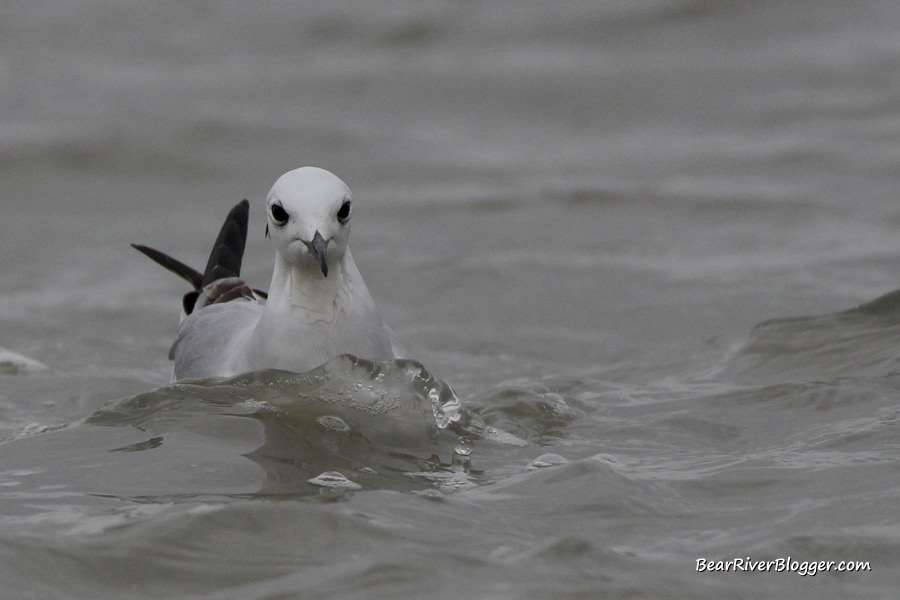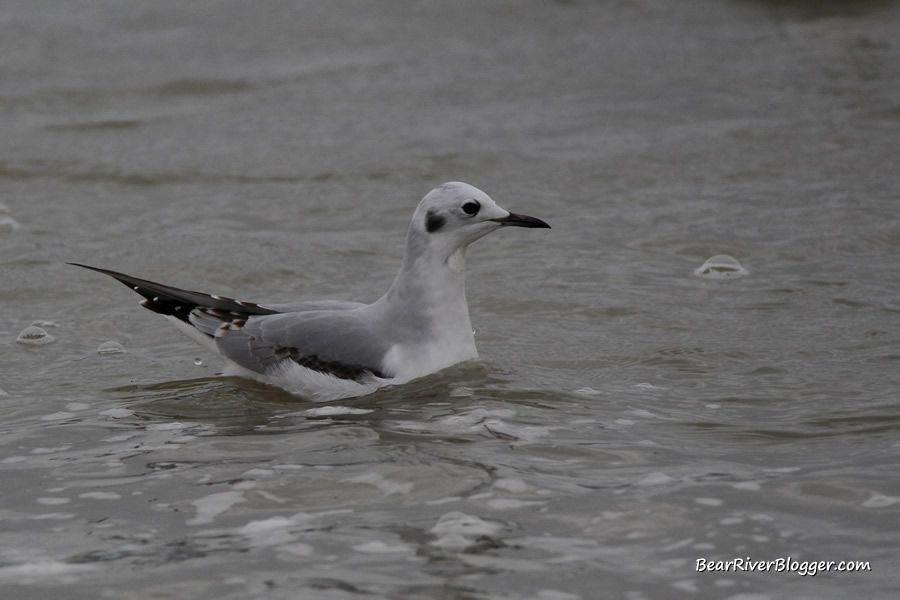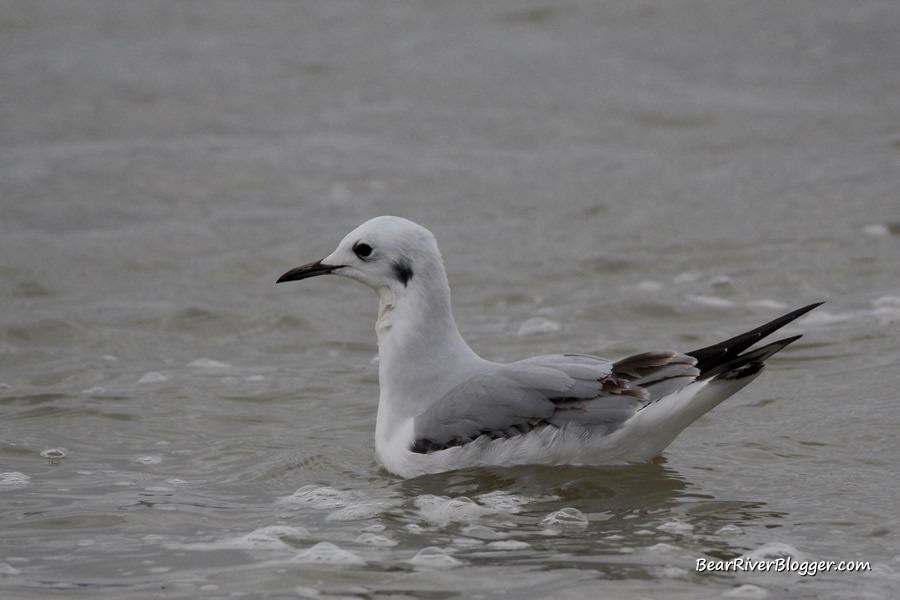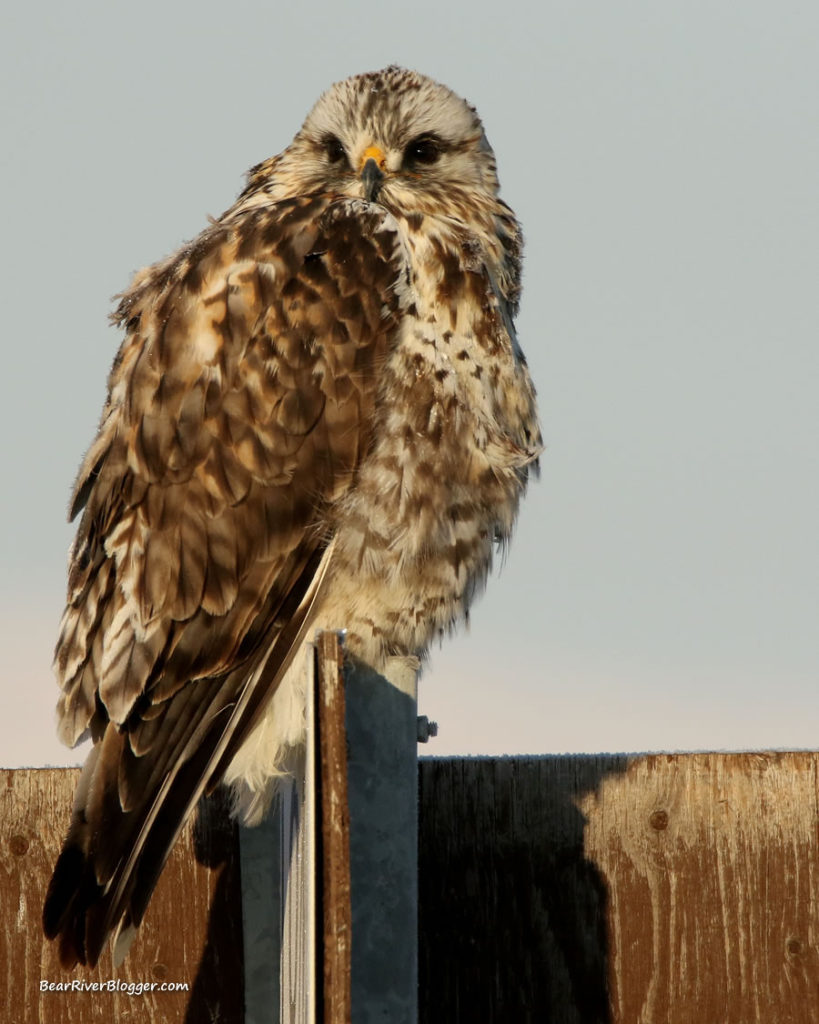Today, the end of the first week in November, wasn’t the best day to go out and try and photograph birds, but even with the low light from the approaching cold front, I just had to get out of the house and give it a shot.
I had been hearing tundra swans on the Bear River Migratory Bird Refuge from afar at night so I headed out to see if I could find a few on the auto loop.
To no avail, I struck out with the tundra swans but I did come across a bird I don’t remember seeing before, on or off of the refuge.
A couple Bonaparte’s gulls were sitting on the very southeastern corner of the refuge auto tour loop, feeding in the refuge waters as it rushed under the gravel road on its way to the Great Salt Lake.

From what I can tell from the Cornell University website, the Bonaparte’s gull isn’t rare by any stretch of the imagination, quite widespread over all of North America, in fact.
Breeding in Canada and migrating through much of the United States to the gulf states and western U.S. coastal areas, the Bonaparte’s gull is a fairly common bird to be found in areas such as the Bear River Migratory Bird Refuge and the adjoining Great Salt Lake during migration.
But for some reason, I have no recollection of ever seeing one before, until today.

Admittedly, my gull knowledge is quite lacking when compared to other species of birds, so I am still learning how to differentiate between the different species that migrate through or live year-round here in northern Utah.
I apologize for the very poor quality of images, but with the horrible light and not much of a contrast between bird and background, my camera really struggled to catch focus on the birds.
From what I could also glean from Cornell University’s bird website, the Bonaparte’s gull is a migrant through this part of the country as it heads to the west coast and Gulf of Mexico, meaning they probably won’t be around all winter like some gull species are on the refuge.

When it comes to gulls in general, I find the dead of winter is a great time to look for them on the refuge, especially after a hard freeze.
The gulls seem to congregate around any and all open pockets of open water and try and steal fish from golden eye ducks as they dive under the ice in search of small fish.
But the Bonaparte’s gulls will most likely be long gone before I find myself looking for herring and other gulls on the southern portion of the auto loop this winter.

Don’t forget to head on over to our subscribe page and sign up for email notifications for future blog posts.
And we also hope you would help get the word out for our blog by sharing any posts you particularly like on your social media outlets as well.
I appreciate your readership and support for this website and my efforts to bring you the interesting things I find out in nature while hoping to encourage others to enjoy the natural world around us as much as I do.





